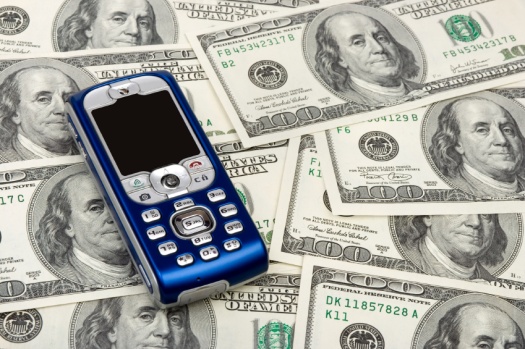Connect with execs from The New York Times, TIME, Dotdash Meredith and many more

Our coverage of Advertising Week is brought to you by Dstillery, the former Media6Degrees. Dstillery is at the forefront of advertising technology, pioneering new ways to create brand value for marketers by extracting signals from the complete customer journey and activating them across all screens.
The numbers are impressive. Pew found that 56 percent of U.S adults own smartphones. A study by Experian found that people are on their smartphones for 58 minutes per day. In its annual report on Internet trends, Kleiner Perkins Caufield Byers says that people check their phones 150 times per day. And yet, publishers are still stumbling when it comes to turning those numbers into revenue.
The revenue disparity between desktop and mobile is not a new story — last year KPCB’s Mary Meeker found that mobile CPMs were at $.75 and desktop were at $3.50. It’s a prevalent theme at just about every Advertising Week panel on mobile. But for all the talk and all the acknowledgment that there’s an issue, what’s to be done about it?
“We need new models,” said Mark Howard, CRO of Forbes, at an Advertising Week panel titled From Single to Multi-Screen: The Shifting Mobile Landscape. “The intimacy of device, and engagement, gives us that opportunity now.”
The challenge, though, is that publishers are mimicking the steps they took when they first went digital. Instead of coming up with those new models, they’re just porting old ones to mobile. This is why we see banner ads on mobile sites. They don’t work. Screens are too small and user intention is limited.
This is where content – sponsored content and native advertising – comes in.
People scroll through content while they’re waiting in line at the grocer’s, waiting while at the doctor’s office, waiting for that 2 o’clock meeting. BuzzFeed knows this, which is why it doesn’t run banner ads. Instead, readers — whether on mobile or desktop — view ads that are content. But since publishers are often resistant to change, new models, let alone trying to better monetize on mobile, won’t be quick to materialize, according to Andy Wiedlin, CRO at BuzzFeed, also on the panel.
“Getting 75 cents on banners for cell phones is a miracle,” Wiedlen said. “Unless you use data and change to native in-stream, where it’s non-interruptive content people will share, prices will crater. It’s economics; unlimited supply and not much demand.”
Content marketing for a mobile device can be a boon to both the publisher and the marketer, according to another panelist Akshay Kothari, co-founder of Pulse, which was purchased by LinkedIn in April for $90 million. Having a reader click on content that’s being promoted by a brand on a publisher site means the reader is interested and will spend more time on site as opposed to viewing an impression.
“From that perspective, there could not be a better device to intimately engage that,” he said. “Showing 75 pixels to a user which is one-tenth of a screen is a tough battle to go after.”
More in Media

Retail media meets publishing: News UK, Future and Ocado tap clean room tech for smarter data targeting
News UK, The Independent, Immediate Media and Future are teaming up with retail media network Ocado to test clean room-powered data matching.

From sidelines to spotlight: Esports events are putting creators center stage
Esports events’ embrace of content creators reflects advertisers’ changing priorities across both gaming and the wider culture. In the past, marketers viewed esports as one of the best ways to reach gamers. In 2025, brands are instead prioritizing creators in their outreach to audiences across demographics and interest areas, including gaming.

Condé Nast and Hearst strike Amazon AI licensing deals for Rufus
Condé Nast and Hearst have joined the New York Times in signing a licensing deal with Amazon for its AI-powered shopping assistant Rufus.






